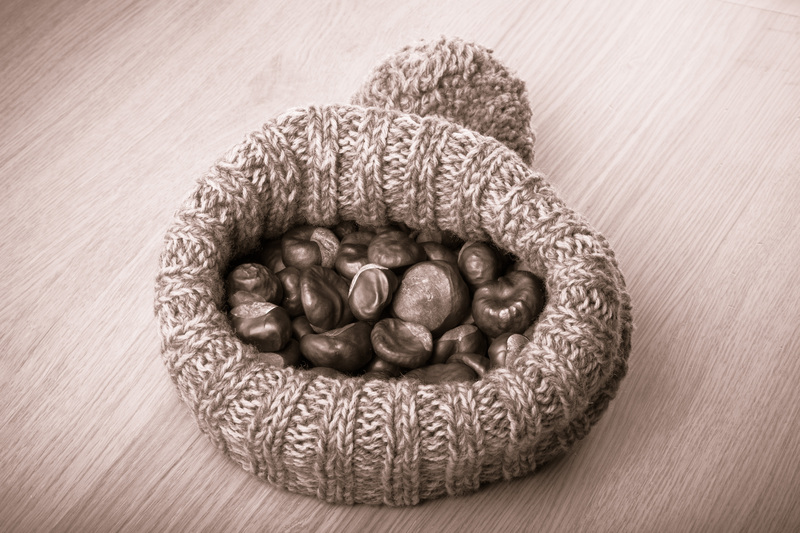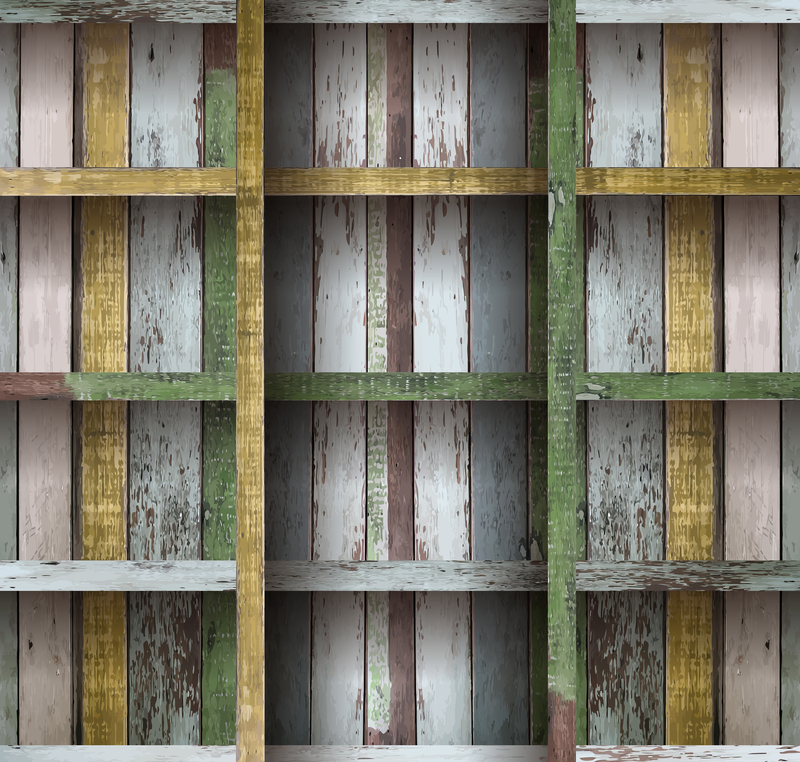Unlocking the Hidden Potential of Trash Through Artistic Upcycling
The ever-growing problem of waste challenges us to find innovative solutions. Artistic upcycling offers a creative, sustainable, and inspiring way to transform trash into treasure, benefiting individuals and communities alike.
What is Artistic Upcycling?
Artistic upcycling is the creative process of transforming discarded materials--often considered trash--into works of art or functional items of higher value. Unlike simple recycling, which usually breaks down waste into raw materials, upcycling elevates the purpose and appearance of an object while reducing environmental impact.
- Upcycling focuses on creative reuse.
- It increases the object's value, rather than merely recycling its components.
- It promotes sustainability and reduces landfill waste.
Reimagining Waste: The Artistic Perspective
Artists and artisans see hidden potential in what others discard. Through the lens of artistic upcycling, plastic bottles, old bicycles, broken glass, and other remnants are reborn as sculptures, jewelry, furniture, and more. This unique form of creative upcycling is not only environmentally friendly but also pushes the boundaries of conventional art.

The Environmental Impact of Artistic Upcycling
The environmental benefits of upcycled art are immense. By diverting waste from landfills, upcycling conserves resources, lowers carbon emissions, and minimizes reliance on virgin materials.
- Reduces Waste: Every upcycled item means fewer objects in landfills.
- Conserves Resources: Less energy is required compared to producing new goods.
- Promotes Circular Economy: Keeps materials in use and encourages mindful consumption.
Upcycled Art and the Circular Economy
By creating valuable items from discarded materials, upcycled artwork plays a significant role in the circular economy. This modern economic system designs out waste entirely, focusing instead on the continual use of resources. Artistic upcycling champions this vision, demonstrating that even rubbish has a second life waiting to be discovered.
The Artistic Upcycling Process: From Trash to Treasure
Step 1: Identifying Potential in Discarded Materials
Artists begin by sourcing materials. This might include rummaging through thrift stores, scouring streets, or collecting donations of unwanted items. They examine the textures, colors, and shapes to reimagine their future forms.
Step 2: Planning and Design
The design phase involves experimenting with ideas and combinations. Whether it's fusing metal scraps or weaving with discarded fabric, artists use their vision to conceptualize the transformation.
Step 3: Creation
Using a variety of techniques--welding, sculpting, sewing, painting, or assembling--the artist breathes life into the chosen materials. This hands-on process is both labor-intensive and highly rewarding.
Step 4: Display and Impact
The finished piece, whether practical or purely aesthetic, showcases the remarkable potential of trash. Exhibiting upcycled art raises awareness about sustainability and inspires others to look at waste differently.
Popular Artistic Upcycling Techniques
- Mosaic Art: Using broken tiles or glass to create intricate designs.
- Assemblage Sculpture: Combining metal parts, plastics, and found objects into three-dimensional works.
- Textile Fusion: Stitching or weaving old clothes and fabrics into tapestries or wearable art.
- Functional Art: Repurposing objects like pallets or barrels into unique furniture.
- Collage: Layering images, papers, and small objects to form new visuals.
- Light Art: Converting bottles or cans into lamps and chandeliers.
Benefits of Artistic Upcycling for Individuals and Communities
Economic Advantages
- Generate Income: Selling upcycled art can provide a new source of revenue for artists and craftspeople.
- Support Local Businesses: Community-based upcycling projects stimulate local economies.
Social and Educational Impact
- Community Engagement: Collaborative upcycling art initiatives foster social connection and shared purpose.
- Educational Opportunities: Upcycling workshops teach valuable skills and environmental responsibility.
- Social Inclusion: Artistic upcycling projects empower marginalized groups, providing opportunities and purpose.
Environmental and Psychological Benefits
- Eco-Consciousness: Artistic upcycling emphasizes the importance of reducing, reusing, and recycling.
- Mental Wellbeing: Creative expression has been proven to boost mental health and self-esteem.
- Inspiration: Discovering the hidden potential of trash instills a sense of wonder and possibility.
Famous Artistic Upcycling Success Stories
Vik Muniz: Transforming Trash into Large-Scale Art
Renowned Brazilian artist Vik Muniz is famous for creating grand portraits using recyclables found in a Rio de Janeiro landfill. His work not only demonstrates the creative heights of upcycled art but also spotlights social challenges, inspiring global conversations and charitable efforts.
Sayaka Ganz: Life-Like Sculptures from Plastic Waste
Sayaka Ganz crafts stunning animal sculptures from discarded plastics. Her dynamic creations appear almost in motion, encouraging viewers to consider the lifecycle of synthetic materials and the beauty hidden within our waste.
Washed Ashore: Marine Debris as Environmental Art
The Washed Ashore Project collects ocean debris and transforms it into educational, large-scale sculptures. Displayed in public spaces, these pieces raise awareness of plastic pollution and offer tangible reminders of our environmental responsibilities.
DIY Artistic Upcycling: Getting Started
Ready to unlock the hidden value in your own trash? Begin your upcycling journey with these simple steps!
- Start Simple: Reimagine small items like jars, cans, or t-shirts before tackling complex projects.
- Gather Tools: Basic tools like glue, scissors, sewing kits, pliers, and paints go a long way.
- Get Inspired: Browse online galleries, tutorials, and social media for upcycling ideas.
- Join Communities: Connect with local upcycling groups or forums to learn techniques and share your creations.
- Showcase Your Art: Display your work in your home or at community events to inspire others.
Safety Tips for Upcycled Art Projects
- Wear Gloves: Protect your hands while handling sharp or rusty objects.
- Use Proper Ventilation: Work with paints and adhesives in well-ventilated spaces.
- Clean Materials: Wash and disinfect items before use to remove contaminants.
How to Make Artistic Upcycling Part of Everyday Life
Integrate artistic upcycling into your routine by rethinking "waste" and getting creative with repurposing. Challenge yourself to see potential in unwanted objects--turn old clothes into quilts, transform glass bottles into vases, or paint over broken ceramics for mosaic art.
Schools, offices, and community centers can initiate upcycling programs to encourage eco-friendly practices and creative expression. Even gifting upcycled art supports a greener, more unique culture of giving.
The Future of Trash: Upcycling Trends and Innovations
Embracing Technology in Artistic Upcycling
Modern tools like 3D printing and laser cutting expand what's possible in upcycled art. Digital design enables custom creations from salvaged materials, reducing waste and maximizing impact.
Eco-Fashion: Upcycled Clothing and Accessories
The fashion world is embracing upcycling, turning old textiles into high-end garments and accessories. Upcycled fashion reduces the industry's massive environmental footprint while introducing unique styles to global markets.
Collaborative Public Art
Cities worldwide are launching collaborative art installations made from community-collected waste, both beautifying public spaces and fostering environmental stewardship.

Conclusion: Revealing the Value in What We Discard
Unlocking the hidden potential of trash through artistic upcycling is not only a sustainable practice but also a celebration of human creativity and resourcefulness. Every discarded object is an opportunity--an empty canvas waiting for transformation. By embracing upcycled creativity, we contribute to a healthier planet, encourage innovation, and inspire those around us to see beauty in the unexpected.
Take the first step today: Reimagine your trash, unleash your creativity, and become part of the artistic upcycling revolution!
Frequently Asked Questions on Artistic Upcycling
What is the difference between upcycling and recycling?
While recycling usually breaks down materials to their basic components for remanufacturing, upcycling transforms unwanted items directly into new, higher-value products without major processing.
Can anyone participate in artistic upcycling?
Absolutely! Upcycling art welcomes beginners and experts alike. With a little imagination and resourcefulness, anyone can turn trash into inspiring, valuable creations.
Is upcycled art valuable?
Yes. Upcycled artworks are prized for their sustainability, originality, and the unique story each piece tells. Many collectors and galleries now appreciate and invest in upcycled art worldwide.
How can schools and communities promote artistic upcycling?
Schools can organize upcycling workshops, art fairs, and classroom projects. Communities can initiate clean-up events, build collaborative sculptures, and create online platforms to display and sell upcycled creations.
Embrace the power of creative upcycling--because trash is just the beginning of a new story!